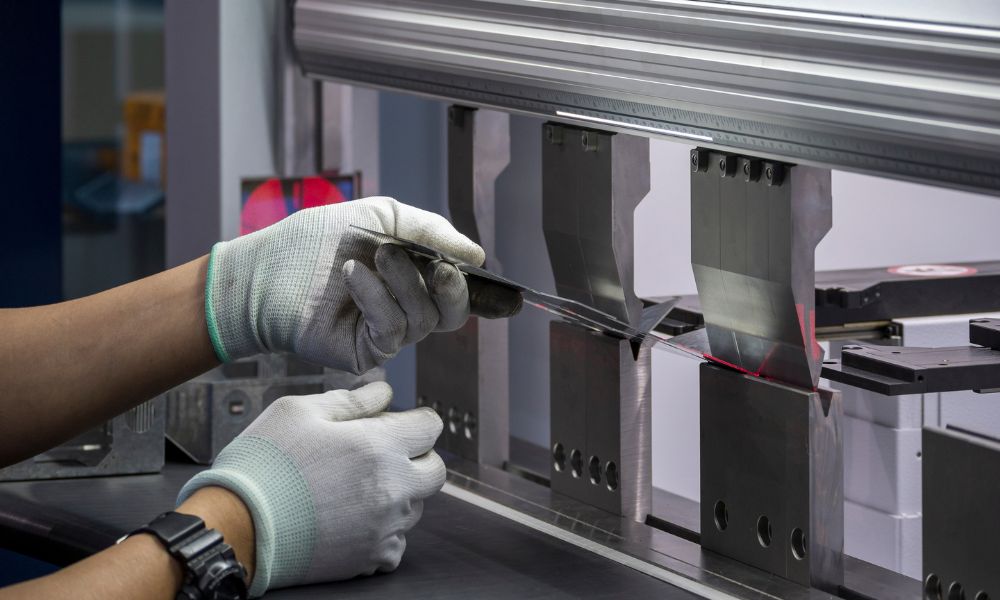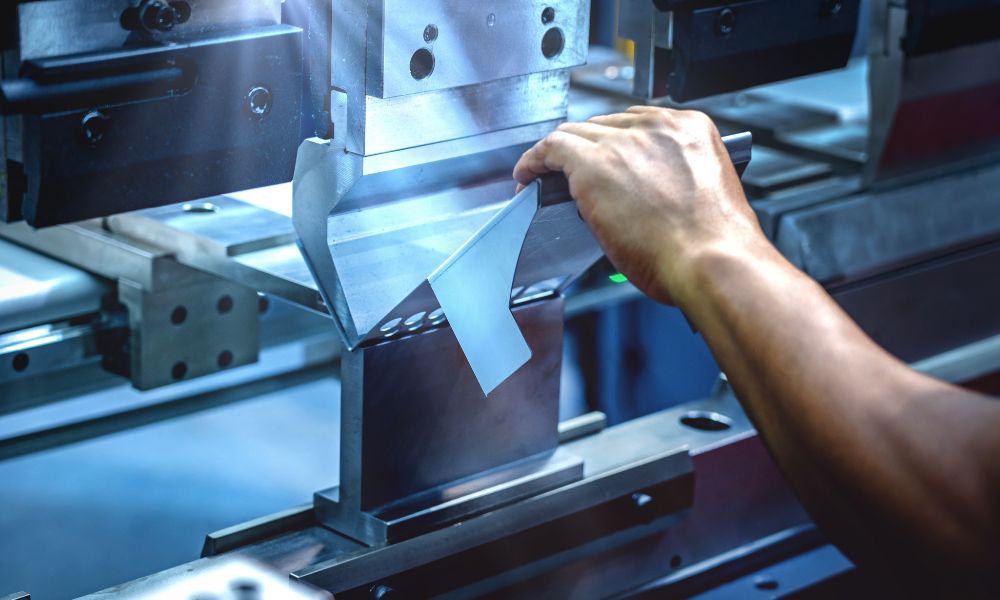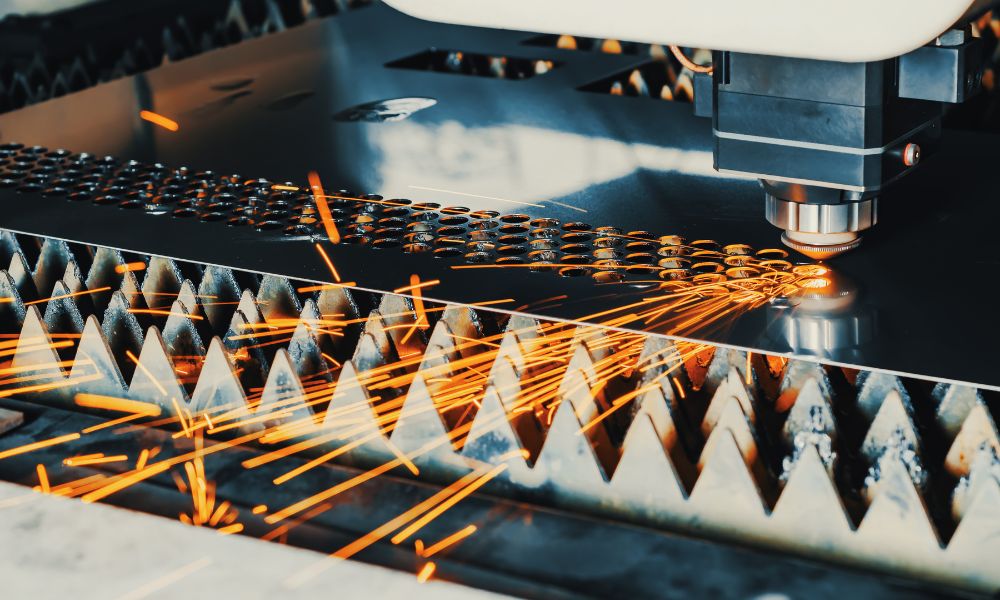How To Reduce Metal Waste During Fabrication
The advent of computer numerical controls (CNC) and robotics in metal fabrication has helped metalworking shops produce parts and products that are more precise. But waste is still an issue; even the best metal product designs and specifications can’t use every ounce of raw material. The unused portions turn into potentially toxic waste that shops must manage according to environmental regulations. Businesses must shoulder additional costs and paperwork to comply with reporting requirements that may apply to the disposal of [...]








